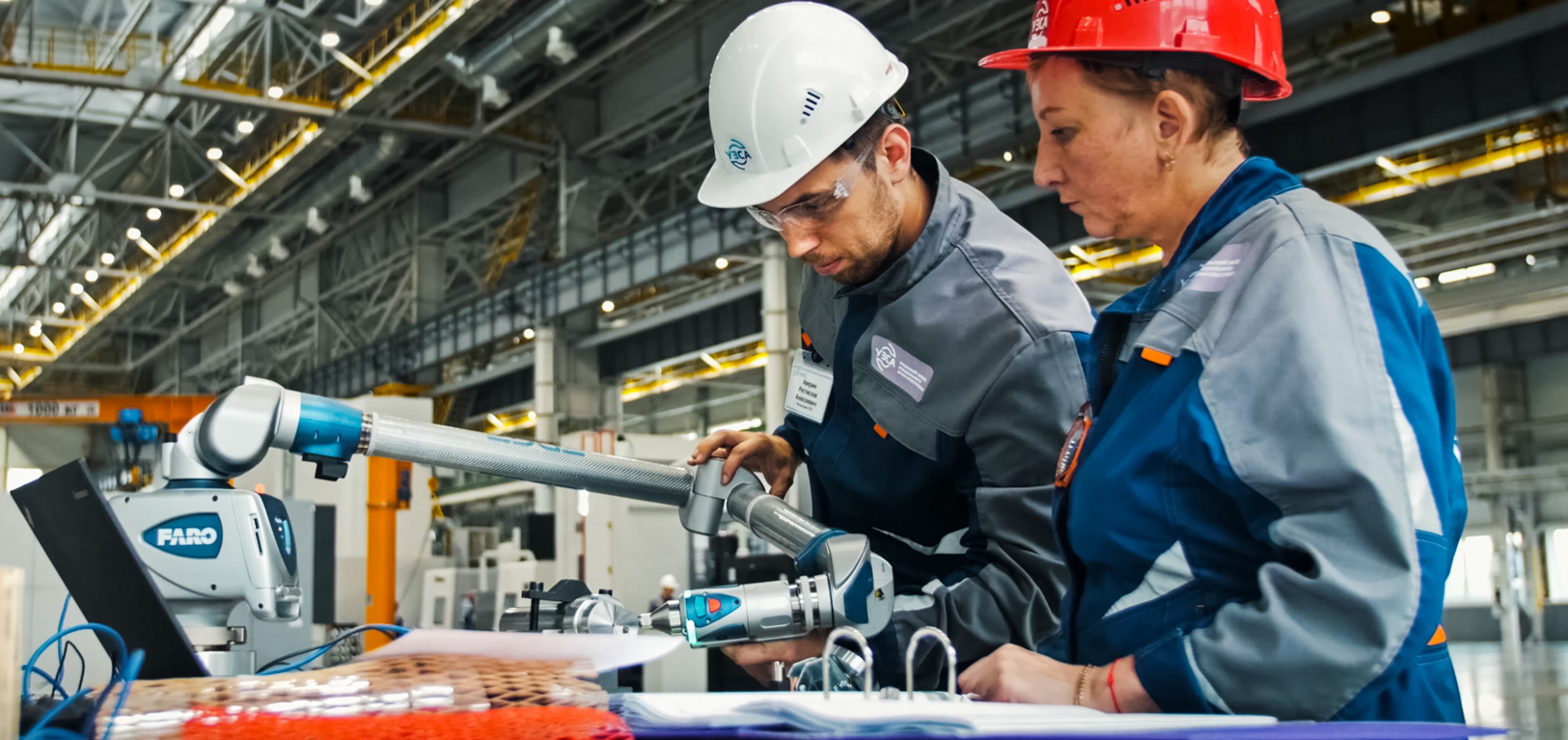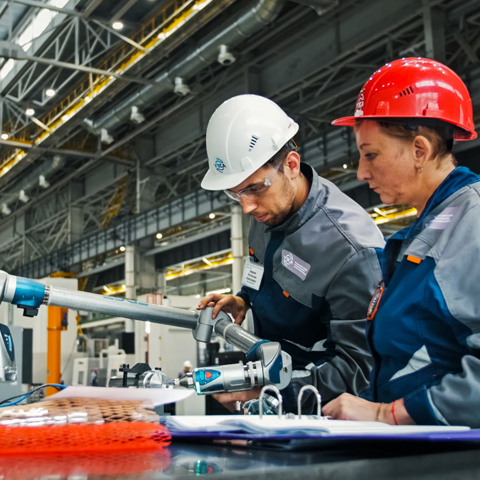
Rethinking cross-skilling for factory workers
What is cross-skilling for frontline factory workers?
Cross-skilling in factories refers to the practice of training employees to perform tasks or operate machinery beyond their primary skill set or job description. This approach aims to enhance workforce flexibility and productivity by enabling workers to adapt to different roles or handle diverse tasks within the manufacturing environment. For example, a worker primarily trained for machine operation might receive training in quality control or equipment maintenance, allowing them to contribute across various stages of the production process as needed. Cross-skilling helps optimize resource allocation, streamline operations, and mitigate disruptions caused by absences or fluctuations in demand.
Why is cross-skilling more important than ever in US manufacturing?
- Addressing Skills Gaps and Talent Shortages: The manufacturing industry in the United States is experiencing a skills gap, with many companies struggling to find workers with the right qualifications to fill vacant positions. Cross-skilling offers a solution by maximizing the potential of existing employees and expanding their capabilities to cover multiple areas within the production process. By investing in training programs that facilitate cross-skilling, manufacturers can develop a more skilled and versatile workforce, thereby reducing dependence on external hires and mitigating the impact of talent shortages.
- Adaptability to Technological Advancements: With the rapid advancement of technology in manufacturing, the skill requirements for various roles are constantly evolving. Cross-skilling allows workers to stay relevant in the face of automation and digitalization by equipping them with the skills needed to operate new machinery, utilize digital tools, and understand complex systems. This adaptability ensures that the workforce can effectively leverage technological innovations to enhance productivity and competitiveness.
- Resilience to Market Volatility and Supply Chain Disruptions: In today's globalized economy, manufacturing companies face challenges such as supply chain disruptions, fluctuating demand, and geopolitical uncertainties. Cross-skilling helps mitigate these risks by creating a versatile workforce that can quickly pivot to different tasks or production lines in response to changing market conditions. By reducing reliance on specialized roles and fostering a more agile workforce, manufacturers can better navigate uncertainties and maintain operational continuity.
How can factory HR leaders lead the charge on cross-skilling?
- Assess Current Skill Gaps and Identify Training Needs: Factory HR leaders can start by conducting a comprehensive assessment of the existing workforce to identify skill gaps and areas where cross-skilling is needed. This assessment can be done through surveys, interviews, or skills assessments. By understanding the specific training needs of employees, HR leaders can develop targeted cross-skilling initiatives that address gaps and align with the company's strategic objectives.
- Digitize Skills Matrix: Digitizing the skills matrix for factory workers involves transitioning from traditional paper-based or spreadsheet systems to digital platforms or software solutions that streamline the management of employee skills, competencies, and training records. By digitizing the skills matrix, factories can centralize and automate the process of tracking and assessing employee skills, making it easier to identify skill gaps, plan training initiatives, and allocate resources effectively. Digital platforms can provide real-time visibility into the skills and qualifications of the workforce, enabling factory managers and HR leaders to make data-driven decisions about workforce deployment and development. Additionally, digitization facilitates scalability and flexibility, allowing factories to easily update and expand their skills matrix as the needs of the business evolve. Overall, digitizing the skills matrix enhances efficiency, accuracy, and transparency in managing workforce skills and empowers factories to build a more agile and adaptable workforce capable of meeting the demands of modern manufacturing environments.
- Implement Structured Training Programs: Gaining real-time visibility on skills matrix can help HR leaders design and implement structured cross-skilling programs. These programs should include a combination of classroom training, hands-on workshops, on-the-job learning, and mentorship opportunities. By providing employees with access to diverse learning experiences, HR leaders can help them acquire new skills and competencies relevant to different roles within the factory.
- Empowering workers to lead the way on cross-skilling: Putting workers in charge of their learning not only empowers employees to enhance their capabilities and adaptability but also foster a sense of ownership and engagement that contributes to overall workforce satisfaction and retention. By providing workers with autonomy and resources to explore different areas of interest and acquire new skills, factories foster a culture of continuous learning and self-improvement. This approach involves encouraging employees to set personal development goals, identify areas for cross-skilling, and take initiative in seeking out relevant training opportunities, whether through formal programs, online courses, or on-the-job learning experiences. Moreover, factories can support worker-led learning initiatives by providing access to learning resources, mentorship programs, and platforms for knowledge sharing and collaboration among peers.
- Establish Cross-Functional Teams and Rotational Programs: HR leaders can promote cross-skilling by establishing cross-functional teams and rotational programs within the factory. These programs involve rotating employees across different departments or work areas to expose them to diverse roles and responsibilities. By participating in cross-functional teams or rotations, employees gain firsthand experience in different aspects of the manufacturing process, develop a deeper understanding of how various functions interconnect, and acquire valuable cross-functional skills that enhance their overall versatility and effectiveness.
By taking a proactive approach to ramp up cross-skilling initiatives, factory HR leaders can help ensure that their workforce remains adaptable, resilient, and equipped with the diverse skills needed to thrive in today's rapidly changing manufacturing landscape.

